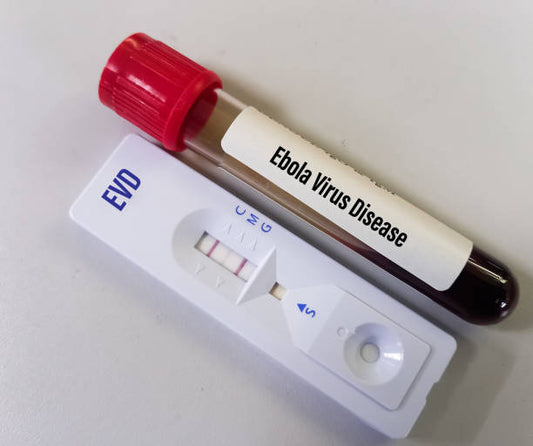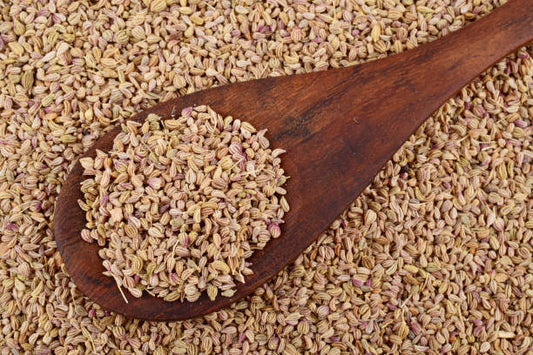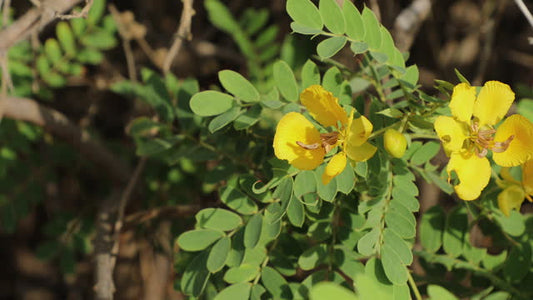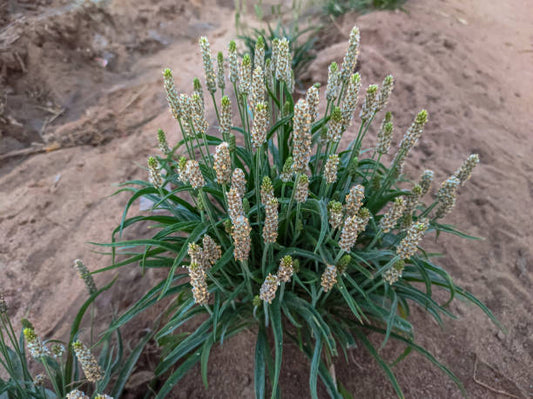Octinoxate, also known as Octyl methoxycinnamate, is a widely used chemical sunscreen ingredient found in numerous skincare products. Let's explore the comprehensive profile of Octinoxate, shedding light on its properties, usage, benefits, and potential considerations.
Origins and Composition:
Octinoxate belongs to the family of organic compounds known as methoxy cinnamic acids. It is synthesized through the esterification of methoxycinnamic acid with 2-ethylhexanol. This process results in a colorless to pale yellow liquid substance.
Chemical Properties:
Octinoxate is characterized by its ability to absorb ultraviolet (UV) radiation, particularly UVB rays. It functions as a chemical sunscreen agent by forming a protective barrier on the skin's surface, absorbing and dissipating UV radiation before it can penetrate the skin.
Usage in Sunscreens:
Octinoxate is a key ingredient in many sunscreen formulations, contributing to their sun protection factor (SPF). It is commonly used in combination with other UV filters to provide broad-spectrum protection against both UVB and UVA rays.
Benefits:
-
UVB Protection: Octinoxate primarily absorbs UVB radiation, which is responsible for sunburn and contributes to the development of skin cancer.
-
Lightweight Texture: Sunscreens containing Octinoxate often have a lightweight, non-greasy texture, making them suitable for daily use and comfortable for all skin types.
-
Ease of Formulation: Octinoxate is compatible with a wide range of cosmetic ingredients, allowing for easy formulation of sunscreen products with desired textures and aesthetics.
-
Cosmetic Acceptability: Products containing Octinoxate typically have a transparent or sheer finish, minimizing the white cast commonly associated with some mineral sunscreens.
Considerations:
-
Photostability: Octinoxate may undergo photodegradation upon exposure to sunlight, potentially reducing its effectiveness over time. Formulations may incorporate stabilizing agents to mitigate this issue.
-
Allergic Reactions: While rare, some individuals may experience allergic reactions or skin sensitivity to Octinoxate. Patch testing is recommended, especially for those with sensitive skin.
-
Environmental Impact: Concerns have been raised about the environmental impact of Octinoxate, particularly its potential contribution to coral bleaching in marine ecosystems. Some regions have implemented bans or restrictions on its use in sunscreen products.
Conclusion:
Octinoxate plays a significant role in providing effective sun protection in sunscreen formulations. As a widely used chemical UV filter, it offers benefits such as UVB protection, lightweight texture, and ease of formulation. However, considerations regarding photostability, potential allergic reactions, and environmental impact underscore the importance of responsible use and continued research in sunscreen ingredient safety.
Author: Nikita Vishnoi BCA












